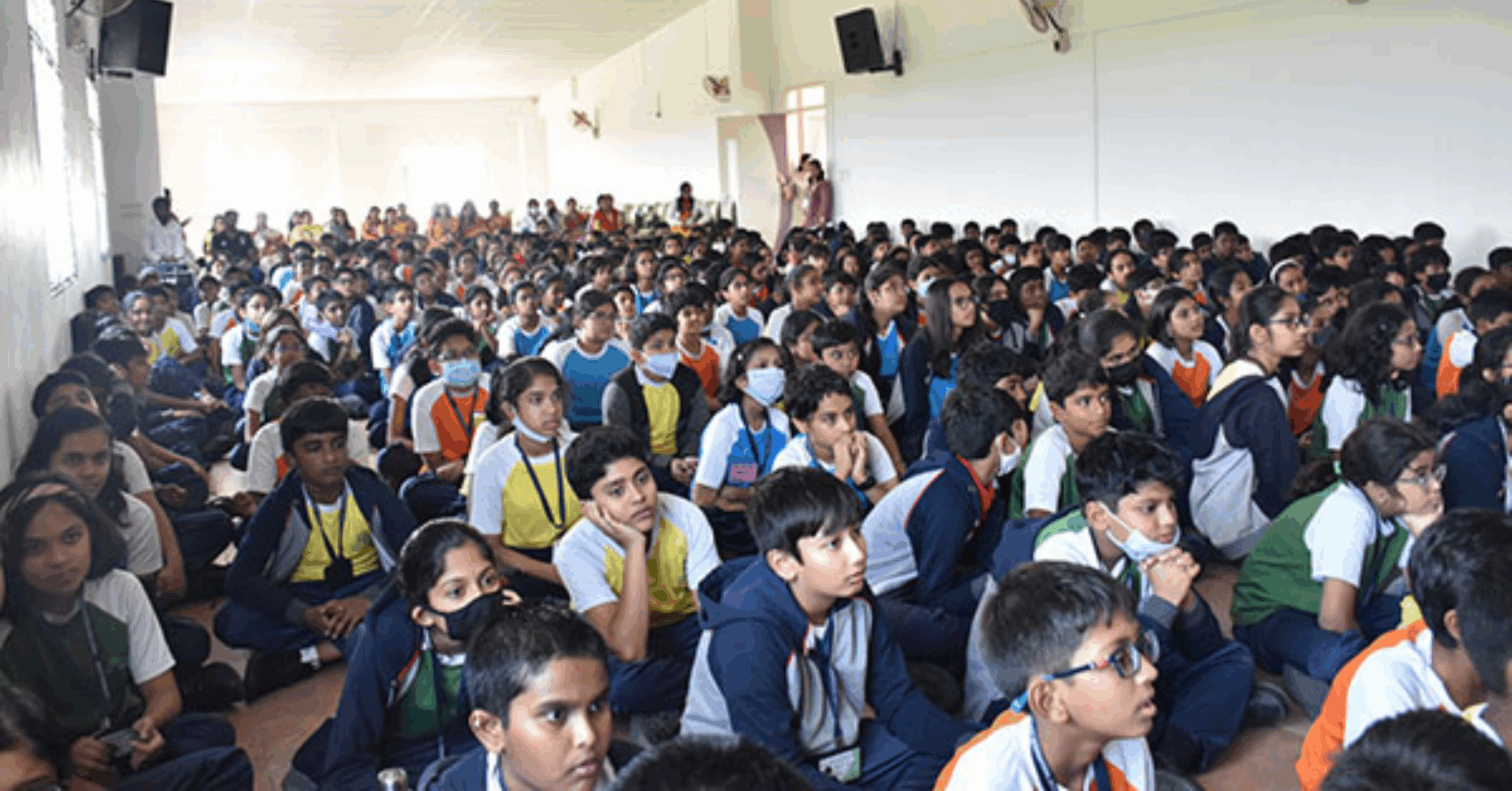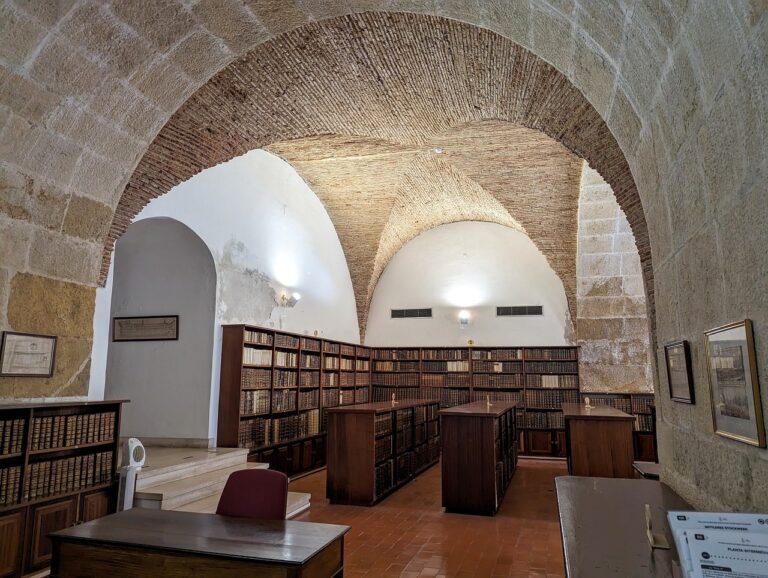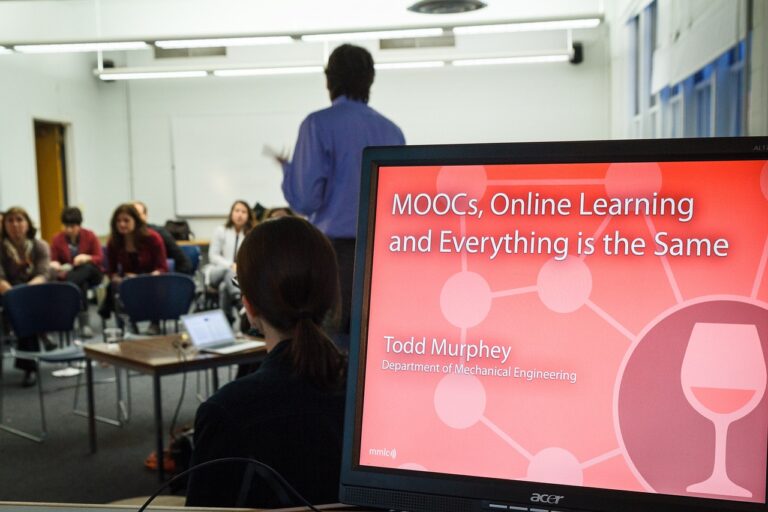Transforming Learning at CBSE Schools in HSR: A Deep Dive into Excellence
In the vibrant and rapidly growing neighbourhood of HSR Layout, the search for quality education among CBSE Schools In HSR has become a top priority for many families. The buzz around “CBSE schools in HSR” reflects not just a desire for academic rigour, but also for holistic development, global readiness, and nurturing environments. One institution that stands out in this domain is Harvest International School, which positions itself among the leading CBSE schools in Bangalore — making it an excellent case study for what modern education in the CBSE stream should look like.
The Landscape of CBSE Education in HSR
HSR Layout (Hosur-Sarjapur Road Layout) has swiftly evolved from a residential suburb to a bustling educational hub. With many families relocating for careers in technology and business, the demand for strong schooling options has surged. In this context, CBSE (Central Board of Secondary Education) schools in HSR have stepped up to offer structured, nationally recognised curricula paired with local relevance and modern infrastructure.
CBSE’s framework emphasises continuity across grades, standardised assessments, and a strong academic foundation. For parents in HSR, choosing a CBSE-affiliated school means opting for a pathway that aligns with national level standards, flexibility for mobility (in case of transfers) and often a rigorous environment that prepares students for competitive examinations as well as holistic development.
What sets a leading CBSE school apart?
When evaluating CBSE schools in HSR, a few clear attributes emerge in schools that truly stand out:
Holistic curriculum: A school must cover not only core subjects but also arts, sports, technology, and life-skills. The best ones integrate these seamlessly into everyday learning.
Student-centred learning: Beyond rote learning, emphasis on inquiry, practical understanding, collaboration and critical thinking.
Strong infrastructure: Labs, libraries, technology integration, safe and secure campus facilities.
Quality faculty: Experienced teachers who can not only teach the syllabus but also mentor, guide and inspire.
Values and global awareness: Preparing children not just academically but socially, emotionally and globally.
Community & parental engagement: Schools that thrive often have strong ties with parents and the broader community, forming a true partnership in education.
In the case of Harvest International School, one observes many of these hallmarks being emphasised.
Harvest International School: An Exemplary CBSE Institution
Situated in the greater Bengaluru region, but relevant for any family exploring CBSE schools in HSR, Harvest International School embodies a forward-looking CBSE education model. Their CBSE campus offers a curriculum designed around the CBSE syllabus but implemented in ways that emphasise creativity, independence, and global awareness.
Some of the key highlights of their offerings include:
A balanced ratio of students to teachers (as mentioned: over 2400 students, 200+ teachers, and a ratio of 1:10) indicating a commitment to more personalised attention.
Facilities that go beyond just classrooms: labs, library, performing arts, sports, safety measures and technology integration are all addressed.
A holistic approach: the school emphasises emotional, social and intellectual development, acknowledging that education is about preparing for life, not just examinations.
For parents seeking CBSE schools in HSR, examining such an institution provides insight into how modern CBSE education can look when executed well.
Why CBSE in HSR – The Local Advantage
Why might families in HSR specifically favour CBSE schools? Here are a few contextual advantages:
Standardised curriculum: With many families working in sectors with high mobility, CBSE ensures children can transfer across states/cities without disrupting the academic flow.
Competitive edge: CBSE’s emphasis on science, maths and language provides a strong base for competitive exams and higher education pathways.
Modern environment: Schools in HSR are able to invest in modern infrastructure, given the technology-centric ecosystem of the area.
Community culture: HSR Layout comprises many young, working families who appreciate and expect progressive schooling – CBSE schools rising to meet that expectation often adopt global best-practices.
Balance of local and national: While foreign curricula (such as IB) are available, CBSE offers a good hybrid of global readiness and national recognition, which many families prefer for certainty and flexibility.
What to Look for – A Parent’s Checklist
When evaluating CBSE schools in HSR (or elsewhere), parents should keep in mind some practical criteria:
Curriculum implementation: Check beyond names—how is the CBSE syllabus being taught? Are there innovative pedagogies in place (project work, experiential learning, cross‐discipline integration)?
Teacher credentials: What is the ratio of experienced to new teachers? How is continuous professional development handled?
Student outcomes: Beyond board results, what kinds of student achievements (arts, sports, clubs, social service) does the school have?
Infrastructure & safety: Are the classrooms well-ventilated? Are labs equipped? How secure is the campus (access control, CCTV, safe transport)?
Extra-curricular richness: Are there meaningful opportunities for arts, drama, music, debate, sports? Is participation encouraged?
Parent-school engagement: Are parents actively involved? Is communication transparent?
Values & wellbeing: Especially in high-stress contexts, schools that actively support mental wellbeing, character formation, and life skills stand out.
Location & logistics: Proximity to home/office, transport options, traffic considerations in HSR.
The Future of CBSE Schools in HSR
The demand for high-quality CBSE education in HSR is likely to grow. With rising expectations from parents and increasing investment in education infrastructure, the future looks promising. Some trends to watch:
Integration of technology and blended learning: Even CBSE schools are embracing digital tools, flipped classrooms and virtual collaboration.
Global outlook within national frameworks: Schools adopting CBSE while offering global exposure, international partnerships or exchange programmes.
Holistic focus: Rising focus on student wellbeing, character education, sustainability, community service and preparing students for life beyond academics.
Personalised learning: Use of analytics and adaptive learning to cater to individual student strengths and needs.
Parent-school partnerships: Schools will likely deepen engagements with parents through apps, workshops and shared initiatives.
For HSR neighbourhood families, choosing the right CBSE school now means investing not just in academic success but in a child’s lifelong trajectory—both in India and globally.
Bringing It All Together
In summary, the phrase “CBSE schools in HSR” evokes the aim of finding schooling that combines academic rigor, modern facilities, and a learning ethos tailored to the 21st-century child. The example of Harvest International School underscores that this vision is not just aspirational—it is realisable. With its strong adherence to CBSE syllabus implementation, attention to holistic education, robust infrastructure and commitment to nurturing student potential, it illustrates what high-quality CBSE education in a neighbourhood like HSR can look like.
For parents evaluating CBSE schools in HSR, it’s worth visiting campuses, speaking to teachers, attending open houses, and assessing how well the school aligns with your values and your child’s unique needs. In doing so, you’re doing more than choosing a school—you’re choosing the environment that will shape your child’s growth, character and future possibilities.
Ultimately, whether it’s academics, arts, athletics or attitude, the best CBSE schools in HSR will offer more than textbooks—they will offer an environment where children become confident, thoughtful, curious and responsible global citizens. And that is the educational journey every parent hopes their child will embark upon.






